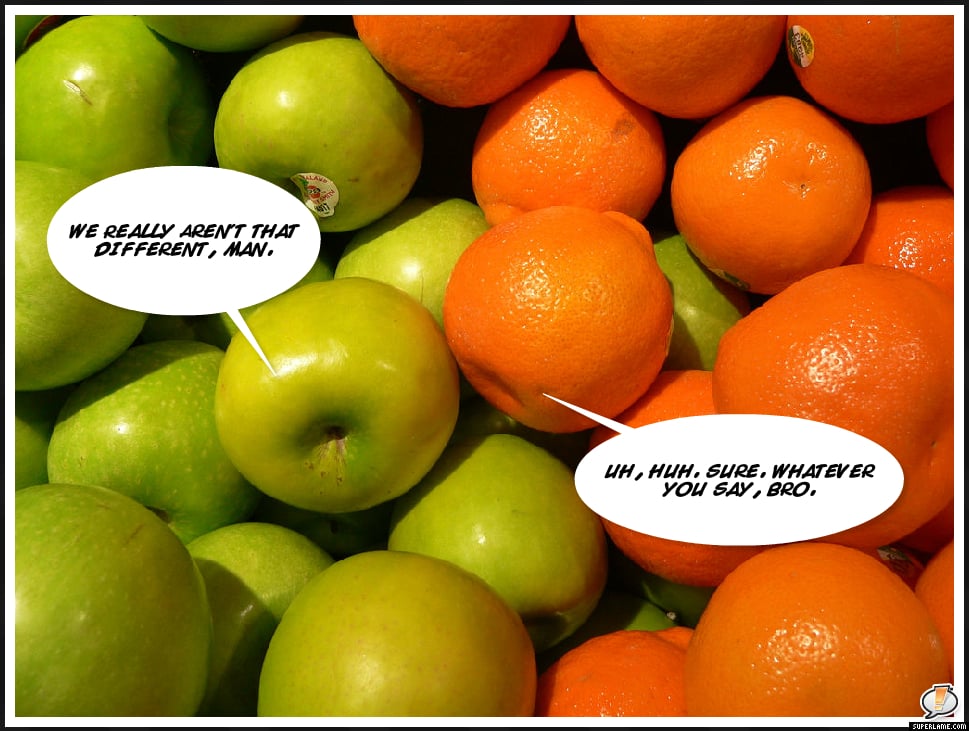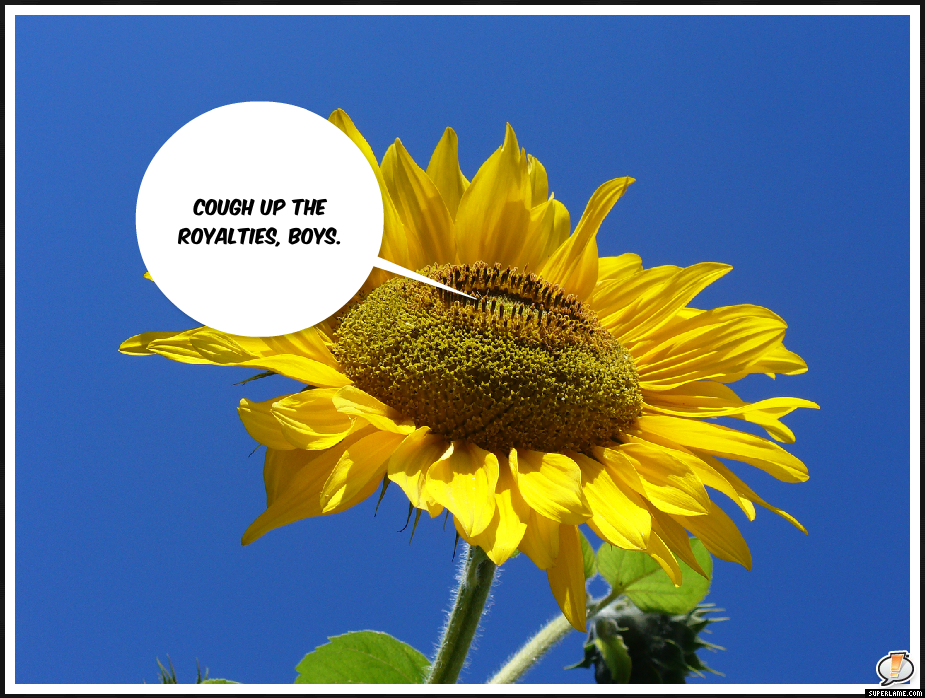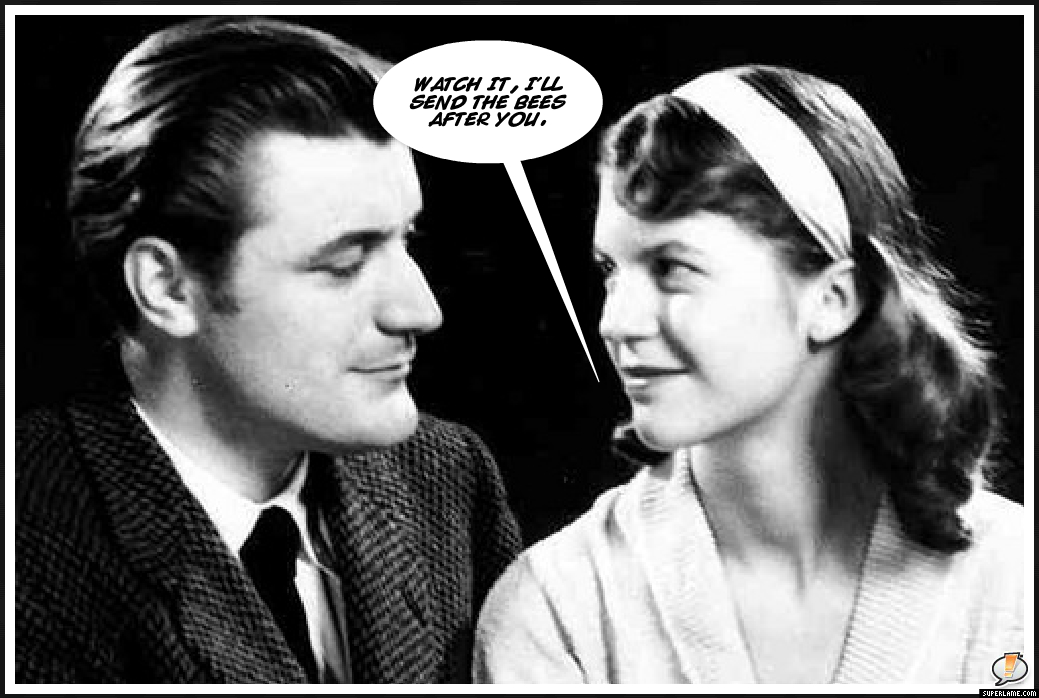Ever heard the adage “don’t compare apples to oranges?” We all know what it means: comparing the two doesn’t make practical sense because they are very different.
But have you ever stopped and thought about how you might literally compare apples and oranges? Let’s make a quick list.
Similarities
- Both are fruits.
- Both have seeds.
- You can make juice with either.
- You can get both at the grocery store.
- Both contain vitamin C.
Differences
- Apples have a thin exterior; oranges do not.
- Oranges already come in slices; apples do not.
- Oranges are typically sourer than apples.
- They are different colors.
- Apples have more varieties.
Huh. That’s a rather successful comparison, don’t you think?
In a similar way, you can compare poems that don’t immediately seem to have anything in common. Read this post to learn about 14 poems to compare and contrast like an expert.
Two Poems to Compare and Contrast Based on Objects as Symbols
“Sunflower Sutra” by Allen Ginsberg vs. “Ah! Sun-flower” by William Blake
You’ve likely done a compare and contrast essay before (if not, check out tips on how to write a compare and contrast essay). Fortunately, comparing poems isn’t much different.
For this type of compare and contrast essay, you’ll need to come up with similarities and differences between two or more poems and organize them cohesively within your essay. I know that sounds like a lot to ask, but that’s why I’m here to help.
First, when you have two or more poems, you need to find a central similarity or difference that will connect the poems together. Maybe the poems have similar themes or themes that are completely opposite of one another. Maybe the poems use the same object, but the symbolism of the object means something different in each poem.
To give you an example, both Allen Ginsberg and William Blake use the image of the sunflower. But the meaning of each poem varies wildly.
- In Allen Ginsberg’s Sunflower Sutra, he talks about the sunflower as an object of spiritual enlightenment and a method of understanding one’s true nature.
- In William Blake’s Ah! Sun-flower, he uses the sunflower to symbolize the relationship between innocence and experience.
If you wanted to compare (and contrast) those two poems, your thesis statement might look something like this:
Though Ginsberg uses the sunflower to symbolize a pathway to self-knowledge and Blake emphasizes the sunflower’s movement from innocence to experience, both use the sunflower as a means to explain an epiphany.
Essentially, you want to include the biggest similarity or difference in your thesis statement to create your argument.
Then, in your body paragraphs, you’ll need to use smaller similarities or differences to back up your argument. Many times, comparing the diction (word choice) the poets use in relation to the primary similarity or difference will highlight your argument well.
Keep in mind that there are two main ways to approach the organization of your compare and contrast essay. You could do one of two things:
- Talk completely about one poem. Then move on to the next, so they are distinct portions of your essay.
- Discuss the poems together paragraph by paragraph. What’s important is that you stay consistent throughout your essay with whatever organizational method you use.
Comparing Two Poems by the Same Poet
“Arrival of the Bee Box” vs. “Stings” by Sylvia Plath
Because of a myriad of similarities, you can often find good starting points when you compare two poems by the same poet.
Let’s use a couple of Sylvia Plath’s poems about beekeeping for an example.
In Arrival of the Bee Box, Plath speaks about her terror and wonder at the bees she has purchased. Because she uses imagery such as “African hands” and “I need feed them nothing, I am the owner,” she draws a direct correlation to slavery. Similarly, in Stings, Plath writes about the drudgery that is being a woman. The language she uses in “Stings” suggests that womanhood is yet another type of slavery. Furthermore, in both poems, there are references to attempts at freedom near the end.
With slavery and freedom as your thematic tie between the poems, you can then use diction and symbolism within the poems to mention how they’re different and how they’re similar.
Two Poems to Compare and Contrast by Poets of the Same Time Period
“On the Sea” by John Keats vs. “By the Sea” by William Wordsworth
Another way to find poems that work well for compare and contrast essays is to look for poems in the same style or from the same time period.
If you were to look for poems to compare and contrast, you would find a wealth of good poems within the poetry of the Romantics. Their poetry movement frequently uses elements of nature to represent or validate human relationships.
For instance, you could compare John Keat’s poem On the Sea with William Wordsworth’s poem By the Sea. In these poems, both poets use religious language to discuss the nature of the sea, though Wordsworth has a much gentler idea of what the sea is capable of.
By noting the similarities and differences in their descriptions, you can get to the essence of what each poet is trying to say. Then you can argue why that is the case.
Check out this resource for more help on finding the themes of the poems you plan to compare and contrast.
Comparing Two Poems of the Same Poetic Form
“Acquainted with the Night” by Robert Frost vs. “Sonnet 27” by William Shakespeare
When you’re comparing poems, it helps to take a look at what poetic forms the poets used. Though this method of comparison might not be as fruitful with free-form poems, structured poems work well.
For instance, if you wanted to compare Acquainted with the Night by Robert Frost and Sonnet 27 by William Shakespeare, you might notice that you have two sonnets on your hands.
These poems are best described as Shakespearean sonnets, where the last two lines constitute the “turn” or a sudden realization of the poem. Both use the sonnet form to mention how the night works upon them.
Both speakers are restless and find no reprieve in the darkness. However, while Shakespeare stays true to the traditional sonnet form, Frost breaks up his poem into stanzas of three lines each. This may serve to mirror the speaker’s own unusual behavior.
In this way, you can use the poems’ forms as a method of comparison, stating with how the form relates to the content and how each poem uses the form to serve a unique purpose.
Six More Poems to Compare and Contrast
Now that you have a good idea how to find good poems to compare and contrast, here are some more ideas of poems that you could successfully write about in your essay.
A Supermarket in California by Allen Ginsberg vs. The Love Song of J. Alfred Prufrock by T.S. Eliot
Both poems discuss social anxiety and analyze the nature of society as a whole
The Shoelace by Charles Bukowski vs. Waking in the Blue by Robert Lowell
Both poems address an understanding of insanity. “The Shoelace” discusses a more down-to-earth, commonplace idea of what constitutes madness. Lowell focuses on a view of the mentally unstable from the view of prominent families.
Langston Hughes’ poems I, Too vs. My People
These poems focus primarily on the equal treatment of African Americans, both noting that all people are inherently beautiful.
Moving Forward to Crush Your Next Assignment
Often, your instructor will make suggestions about which poems would work well for your assignment. Looking back at the poems you studied in class and looking for similarities like the ones mentioned in earlier sections will point you in the right direction.
Then, when you have decided on the poems to compare and contrast, start with a compare and contrast outline to start off on the right foot. Then, when you’re ready with a working draft (or polishing up a final one), have a professional editor at Kibin give your essay a once-over before you turn in your next assignment!


